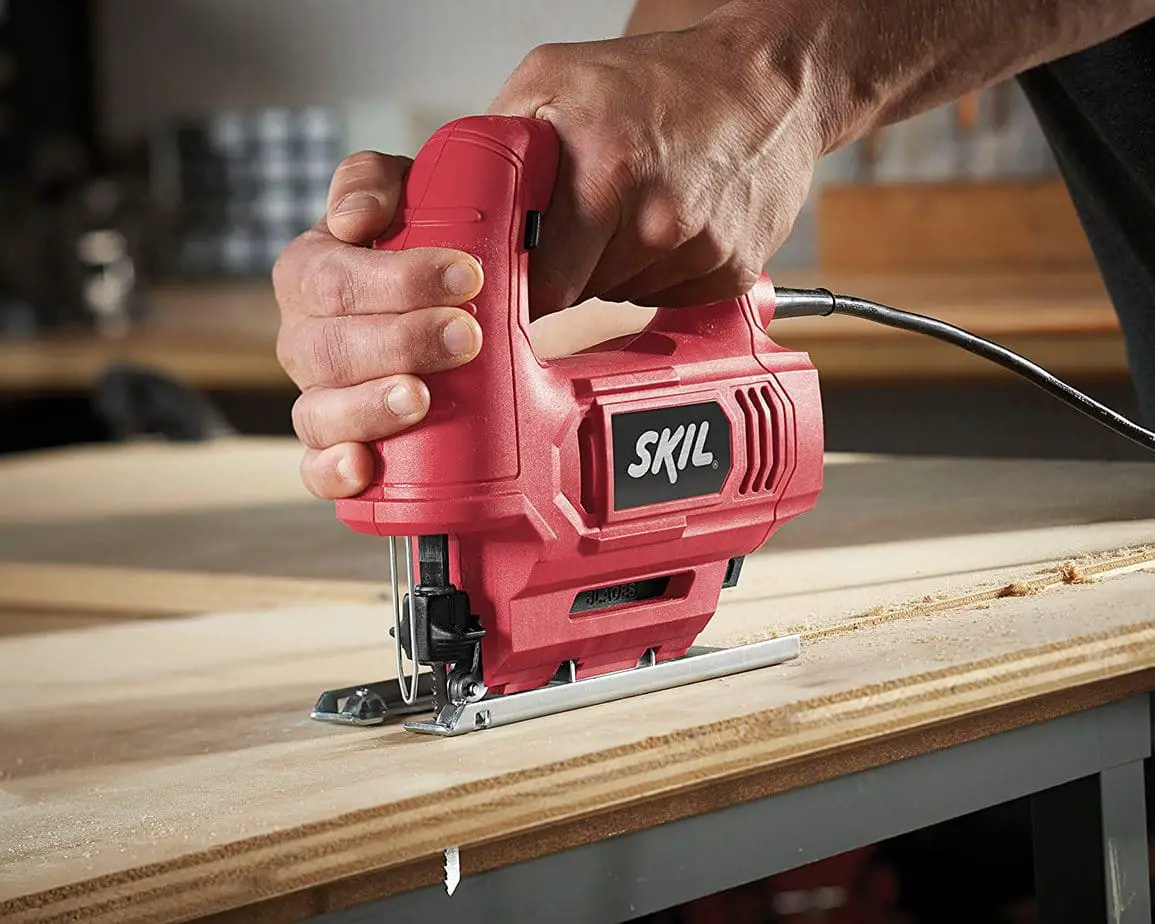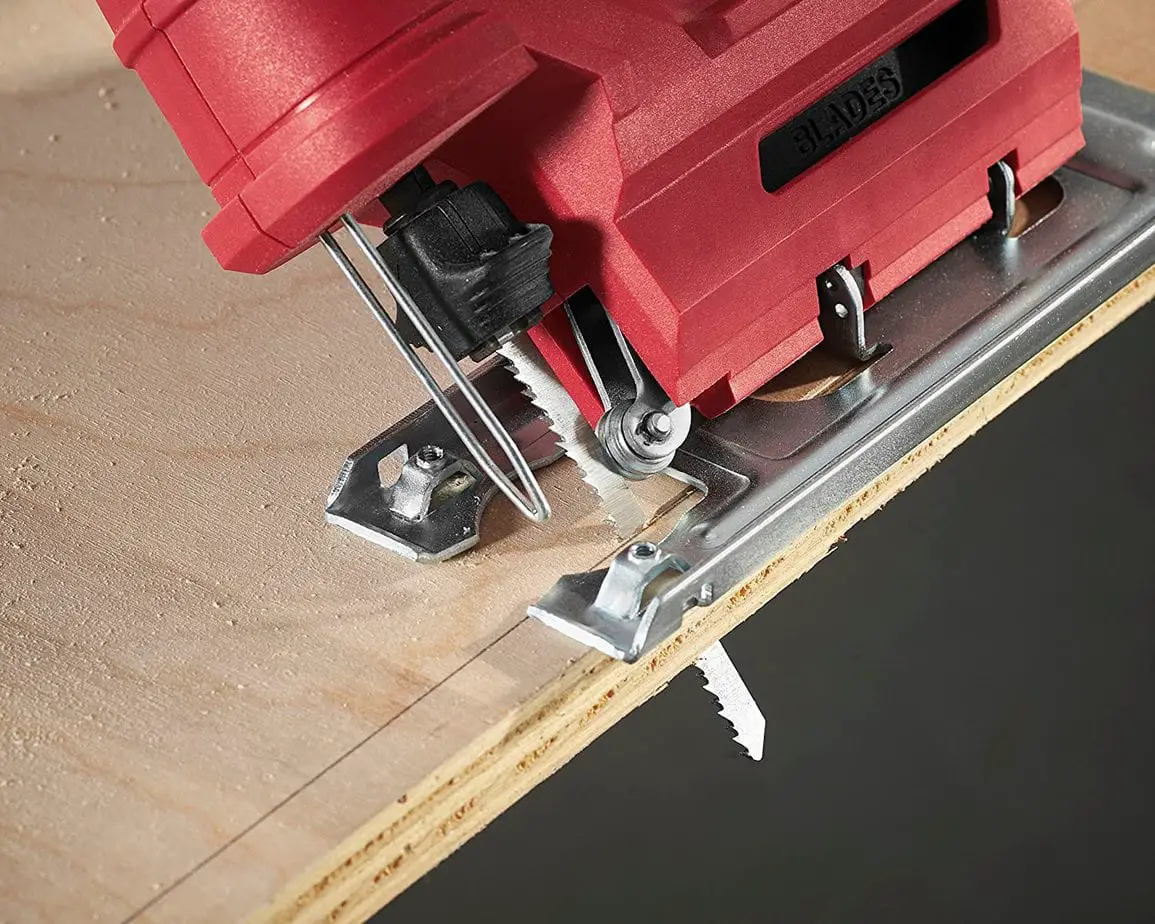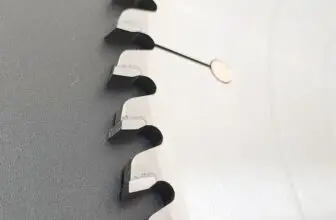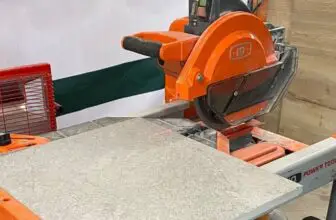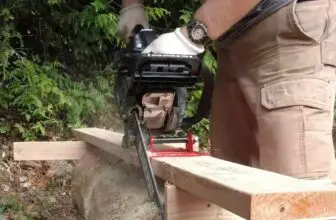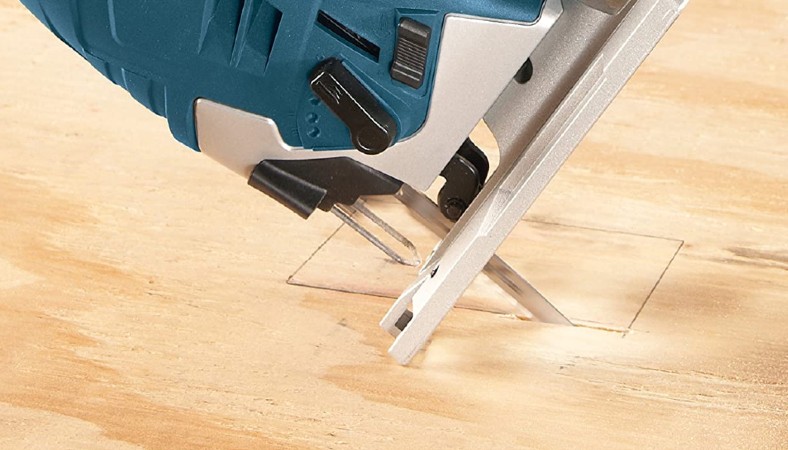
The No. 1 question new woodworkers ask is, “What blades should I use?”. It’s a good question. Jigsaw blades vary in tooth configuration, width, length, hardness, and cut. And some blades are made for special types of cuts like making v-grooves or making tenons.
The short answer is that the blade that comes with your saw is probably fine for most regular cuts. It also depends on the cut you’re making.
The longer answer is that the blades that give you the ease of cutting are not always the best. A blade that is very easy to cut with might not leave you with a good surface on the wood. A blade that leaves a ragged or rough edge is not good either.
Things to Consider Before Buying Jigsaw Blades
Contents
So, I’ve prepared a guide to help you decide which jigsaw blades to use.
Type of Shank
The jigsaw blade shank is the end of the blade that fits into the blade holder. It has different types, and the most common one is the T-shank universal shank (U-shank). Let’s find out what the difference is between T-shank and U-shank jigsaw blades.
- T-shanks
A tang shank blade is a type of blade that has a T-shaped shank. It is made of round blade metal stock that a machine has punched out. T-shank blades are much more common and fit with newer jigsaws better.
- U-shanks
Universal shanks are a type of blade that has a U-shaped shank. It is not round but flat and can be of any length. The blade is punched out and then welded to the shank. U-shank blades were popular a couple of years ago, but they are still available and can be used in some old jigsaws.
Blade Material
Are you wondering what the difference is between jigsaw blades? Let’s take a look.
- High-carbon steel (HCS)
The most common type of blade material for jigsaw blades is high-carbon steel (HCS). This is because it is easy to sharpen, and it holds its edge well. The hardness of HCS is between 55 and 62 on the Rockwell scale. This type of metal is typically used for tools designed to cut materials that are tougher than average. A disadvantage is that it is not hard enough to resist bending, which causes it to chip and break.
- High-speed steel (HSS)
High-speed steel (HSS) is a metal that is more expensive to work with and also more difficult to sharpen, but it can hold its edge better than HCS. With them, you can cut metal, plastic, or wood.
- Bi-Metal(BIM)
Bi-Metal, also known as BIM, is a type of metal made of two materials blended. One of the materials is typically hardmen, a type of metal designed for cutting steel. The other metal is typically HCS or HSS.
The HSS provides strength and durability, while the HCS provides flexibility and resistance to bending.
- Tungsten Carbide (TC)
Tungsten Carbide (TC) is a type of metal that is the hardest and toughest metal of all the blade materials. The Rockwell hardness is up to 85. Tungsten Carbide is a type of metal that is made to cut tough materials, like metal.
Blade Teeth Per-Inch
TPI is an indication of the number of teeth per inch on the edge of the blade. This is a rather basic feature of a jigsaw blade that you will want to consider when buying one.
The number of teeth per inch (TPI) tells you how fast the blade will move. A higher TPI will offer a faster cutting speed. However, the higher the TPI, the smaller the kerf will be and the weaker the blade will be. If you are not careful, you may end up with some uneven results.
Just keep in mind that a lower TPI is better for plywood and other soft materials, while a higher TPI is better for hard materials.
Also, the higher the blade TPI is, the more expensive the blade will be. The higher the TPI number, the more cuts per inch. The more cuts per inch, the less likely the blade will jam.
Cutting Thickness
Another important characteristic of jigsaw blades is the thickness, which is usually rated in millimeters. The thicker the blade, the smoother the cut and the less vibration you’ll feel while using the saw. Thinner blades are easier to control because they are lighter and more flexible.
Jigsaw Blades FAQ
How do I choose a jigsaw blade?
With so many jigsaw blade options, choosing the best blade can be tough. We’ve discussed the main points above, but here are some more things to consider:
-
- Use a blade that is designed for your material.
- A general-purpose blade may work for wood and plastic, but it could harm metal or cause sparks.
- A blade that is too large can cause chipping and slow down the cut.
- A blade that is too small can be hard to control.
- Try a blade with a guide rail. Guide rails help reduce vibration and make the blade easier to control for more precise cuts.
What jigsaw blade is best for plywood?
The steel that is used for plywood is soft. So it would be best if you used a thin, fine-tooth blade to cut plywood.
How long does a jigsaw blade last?
Jigsaw blades are consumables, and they can wear out quickly when used for faster cuts. So, use a lubricant to keep the blade cool when cutting thick materials.
Can I use a jigsaw to cut plywood?
Yes, you can. However, the jigsaw blade is not ideal for cutting plywood. Doing so is risky, and you can easily damage the blade. Plywood is composed of thin sheets of wood glued together. This makes it very easy to break a blade while cutting through it.
The Final Cut
Whichever blade you choose, it is important to choose quality blades, especially if you are a frequent cutter. We are not aware of any major health risks in using blades, but using a poor-quality blade can mean that you have to use more force and time in getting your cuts.
We suggest that you do some research on the different types of blades, and when necessary, try out a few of them to see which one works best for you. It’s a matter of trial and error, and you will eventually find the perfect blade for you.

